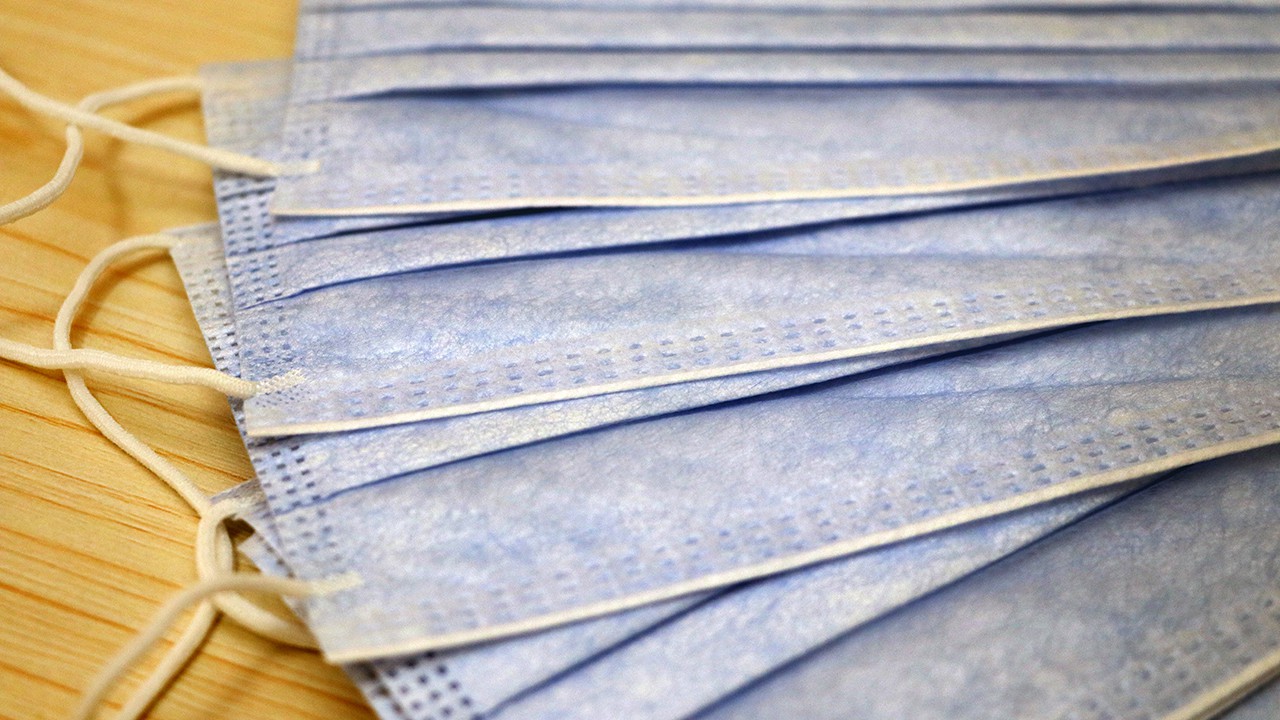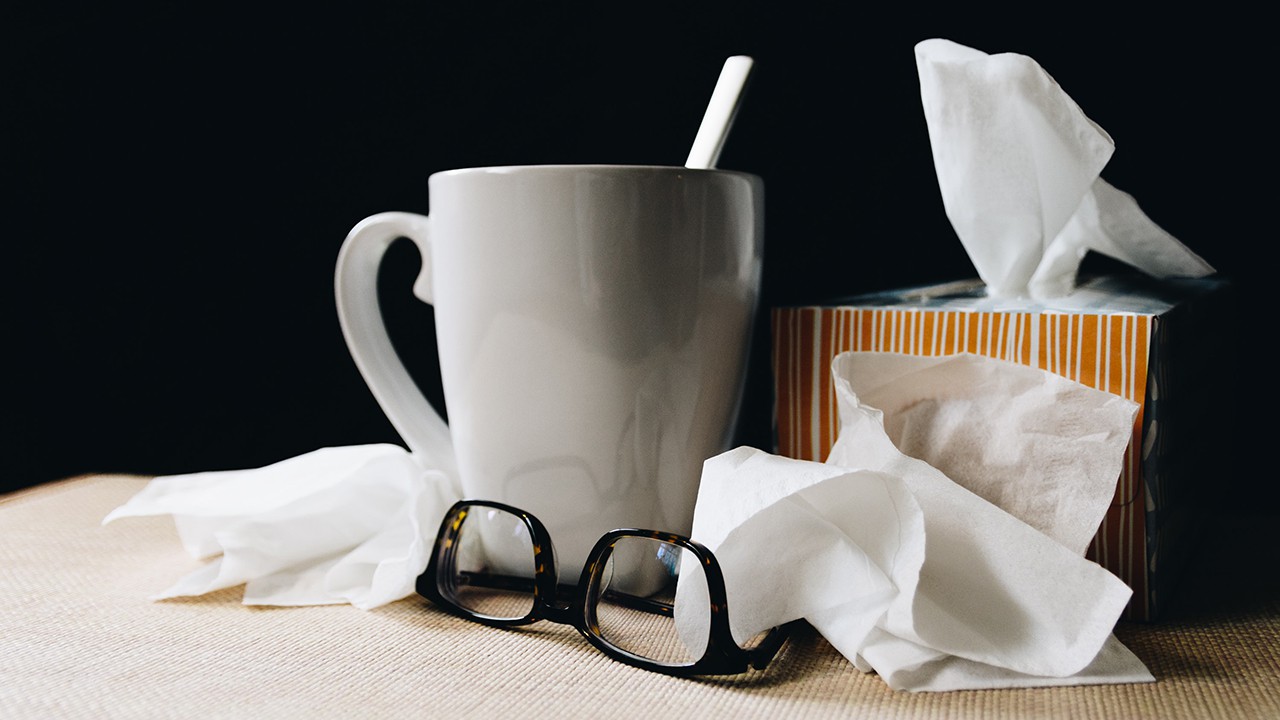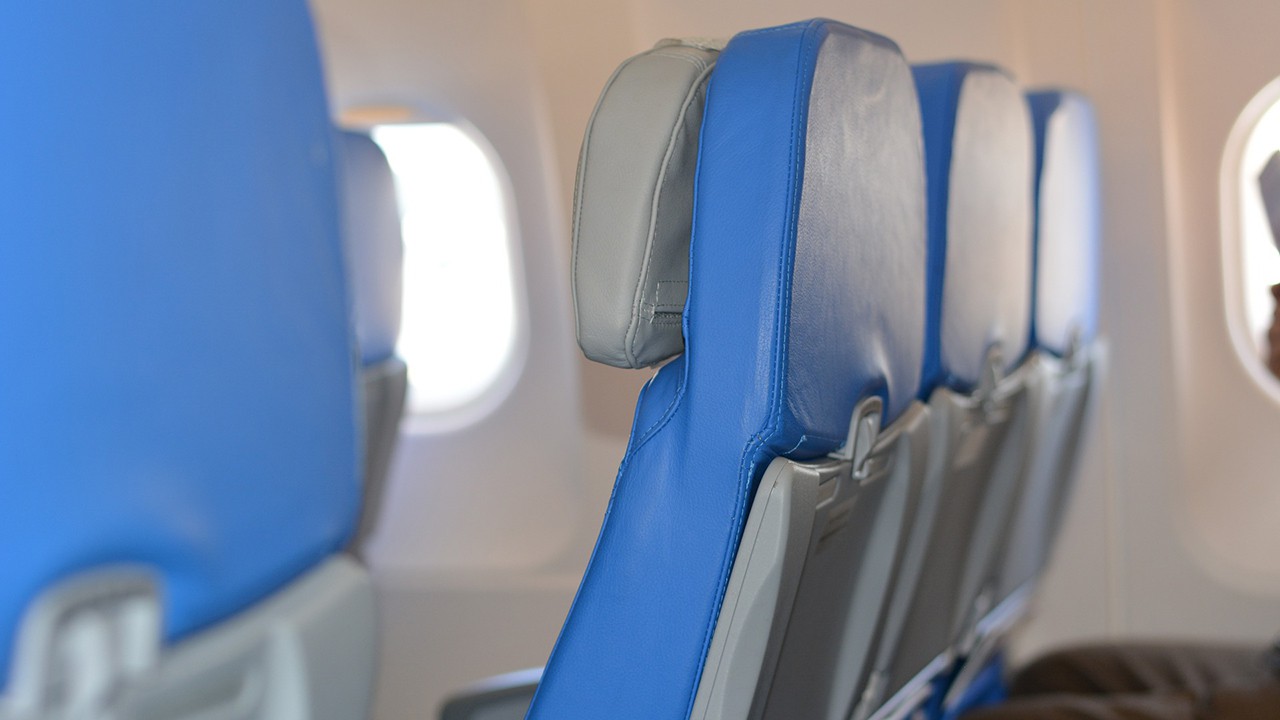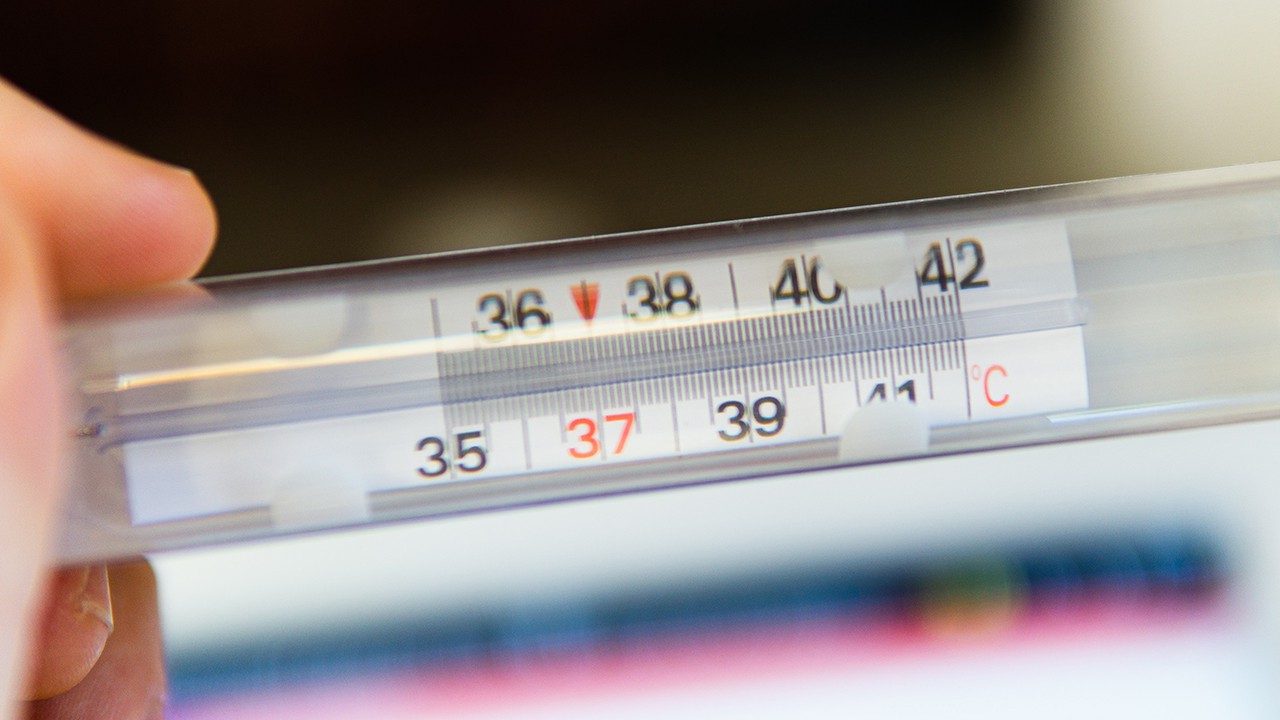The realme 9 series is expanding yet again! Having recently launched, the realme 9 4G sandwiches itself between the more affordable realme 9i and the realme 9 Pro.
It’s an interesting build, that’s for sure. For one, it doesn’t have 5G which may be a turn-off for some users given that 5G is becoming more widely available and reliable but it does offset this by offering more-than-essential features that you’re more likely to use (and enjoy) on a daily basis, anyway.
Modern design choices

A phone’s look and design may not exactly be essential but I’ve rarely encountered anyone who would choose a device, phone or otherwise, without taking design into consideration.
But we’re not just talking about colors, or at least not yet.
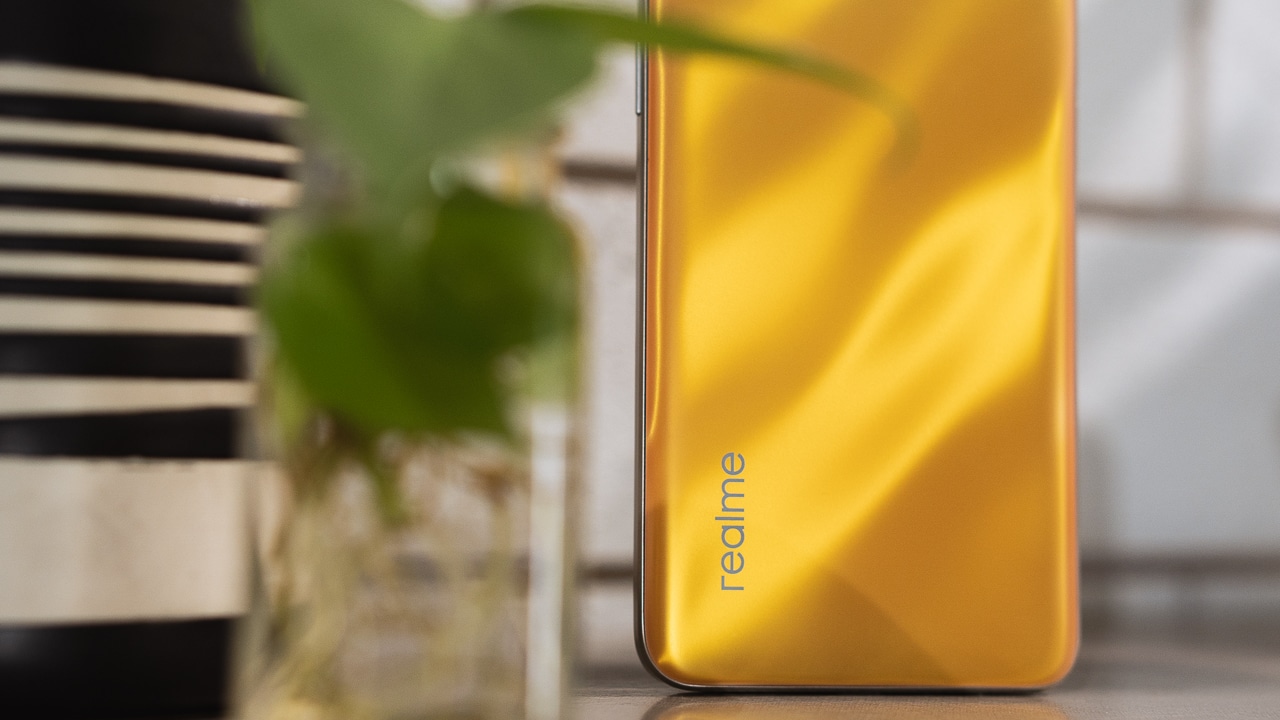
The realme 9 4G makes sure to keep up with today’s trends starting with rounded edges that make the phone very comfortable to grip. And it’s tiny, too.
It’s the lightest in the series and is slim enough to live comfortably in my pocket for a couple of hours.
We also have a pleasingly small and unintrusive punch-hole notch and an in-display optical fingerprint scanner similar to the top-of-the-line realme 9 Pro+.
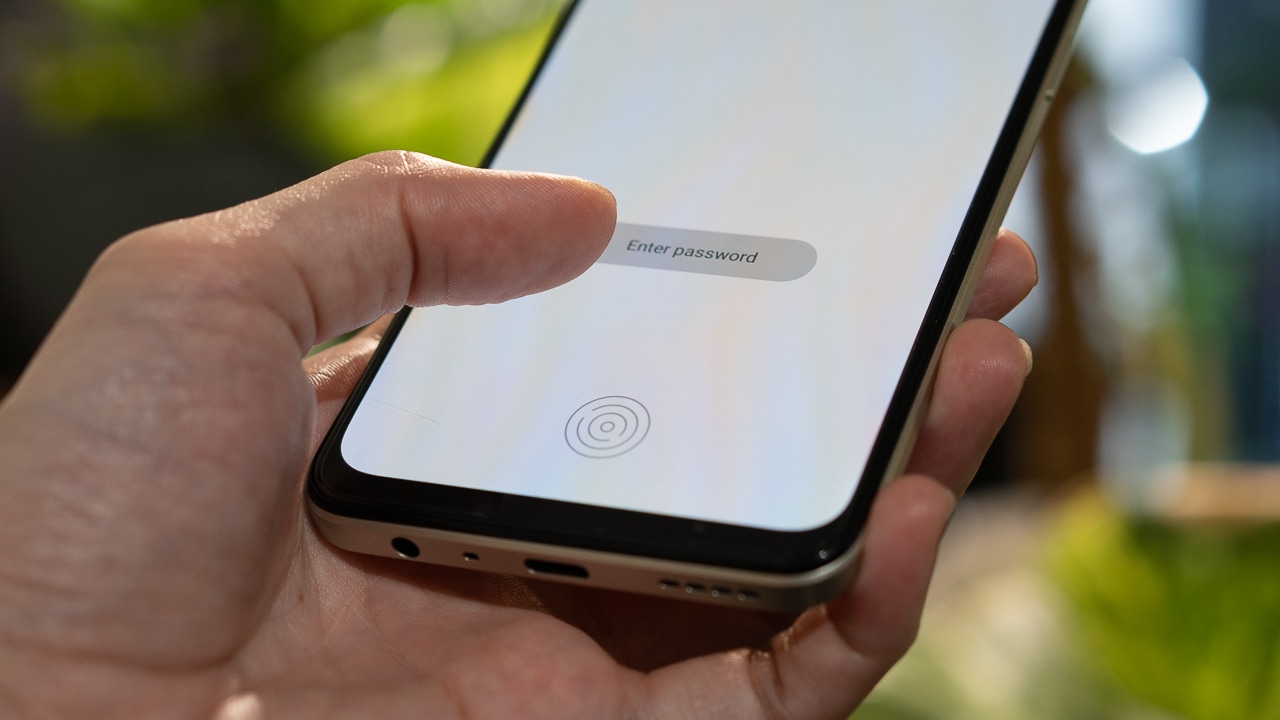
Now on to colors, you can grab the realme 9 4G in either black, white, or the incredibly flashy Sunburst Gold which is what our unit came in.
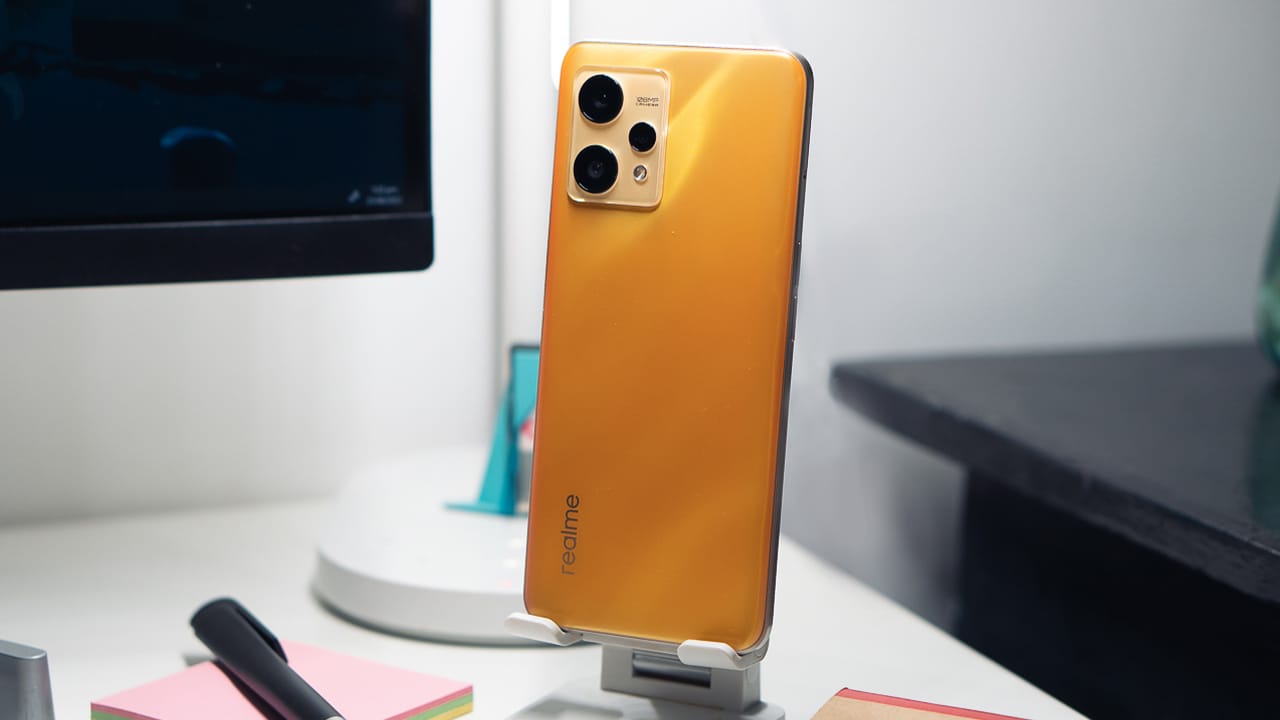
I’ve heard from others that the black colorway is a bit prone to fingerprints but this yellow one isn’t, thankfully. Though a wipe down every so often wouldn’t hurt to keep that gold color shining.
The plastic back is flat and smooth but underneath is a texture that kind of resembles the look of bent or distorted metal.
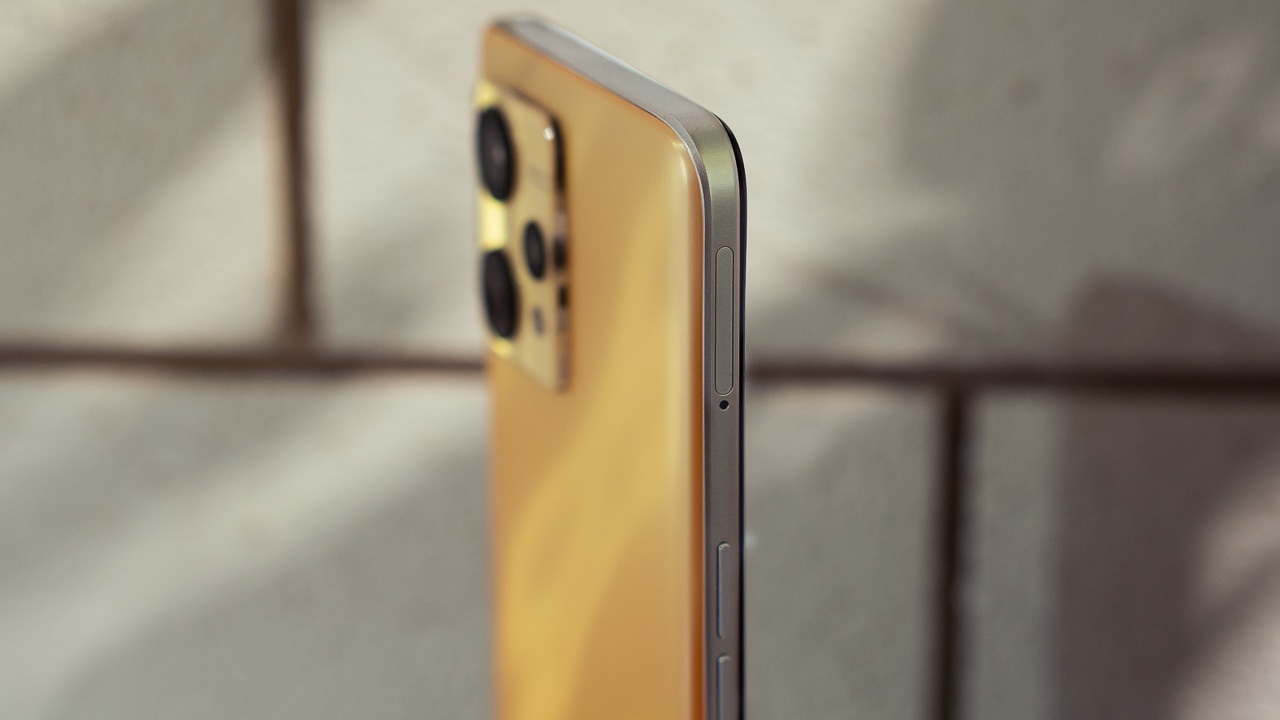
And finally, a silver frame provides a nice neutral balance to the otherwise very loud color. I personally think this was a better decision rather than fully encasing the device in all yellow.
Binge-ready display
Everyone in the whole wide world probably uses their phone to watch videos. But in terms of entertainment, some features are better than others and the realme 9 4G has pretty great ones.
I already mentioned that it has AMOLED and, similar to the in-display fingerprint sensor, is a feature you’ll only find on the realme 9 Pro+. And it’s even brighter at 1000 nits.
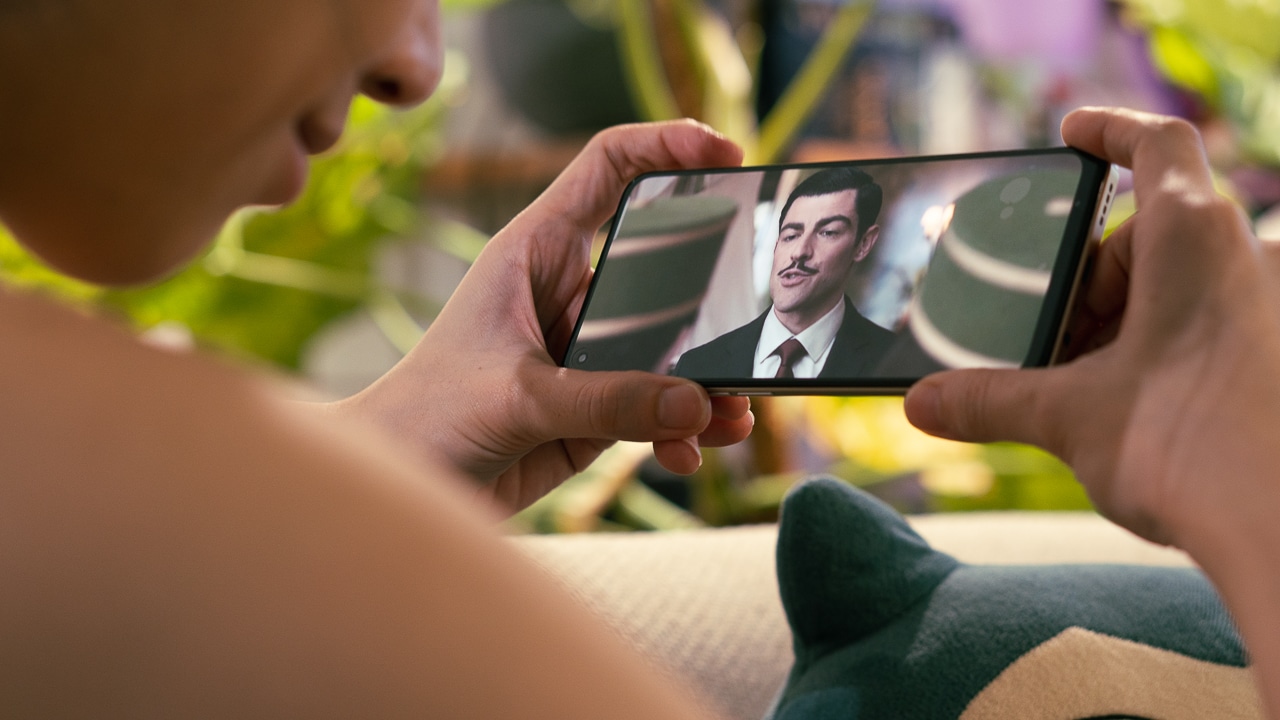
It has a 90Hz refresh, too, which makes scrolling through menus and even playing some games more enjoyable.
At 6.4-inches, it doesn’t have the biggest display but it is ample enough for everyday use. And being both thin and light, the realme 9 4G is comfortable to use even during long hours.
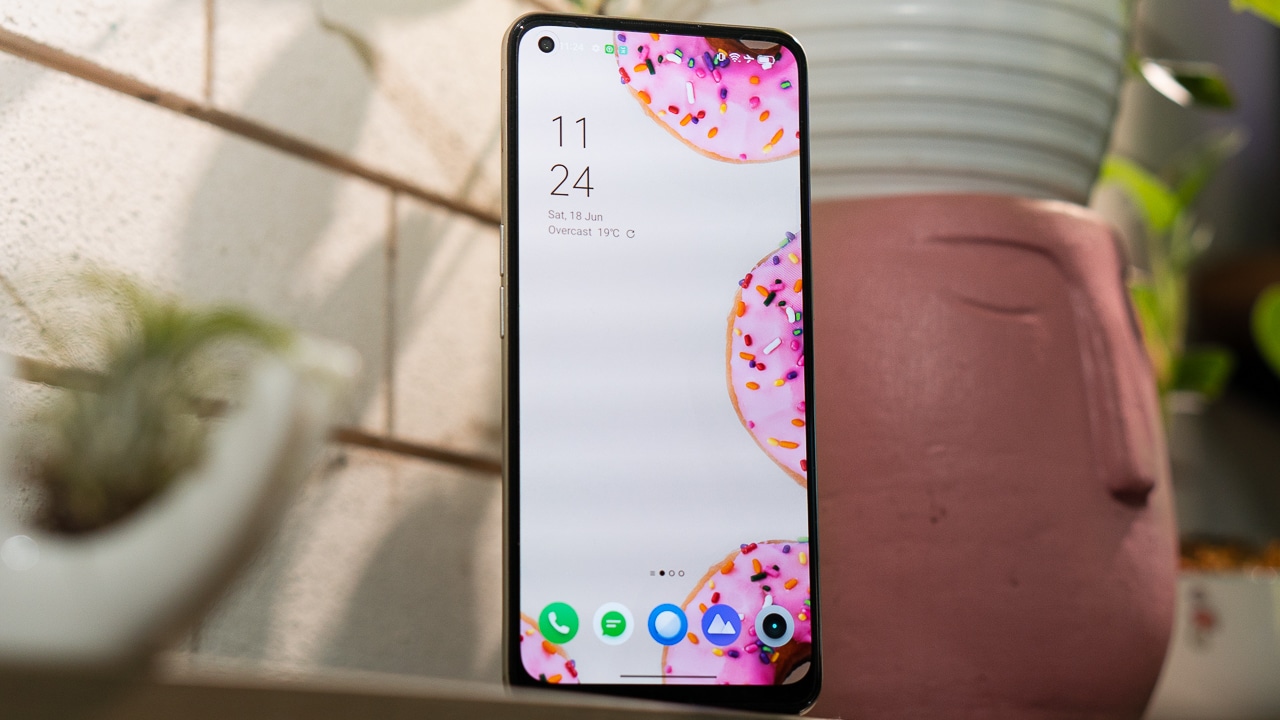
And finally, we have Widevine L1 certification so you can enjoy streaming your favorite shows or movies in Full HD goodness.
Its shortcoming? The single speaker. While it is pretty loud, the quality just isn’t what I would want when watching or playing. I would personally opt for a nice pair of TWS buds or go wired since it does have a 3.5mm headphone jack
Big battery, fast charging
We have a 5000mAh battery on the realme 9 4G which is pretty standard. Much like my experience with other phones with the capacity, you should be able to achieve a whole day’s use without needing to top up.
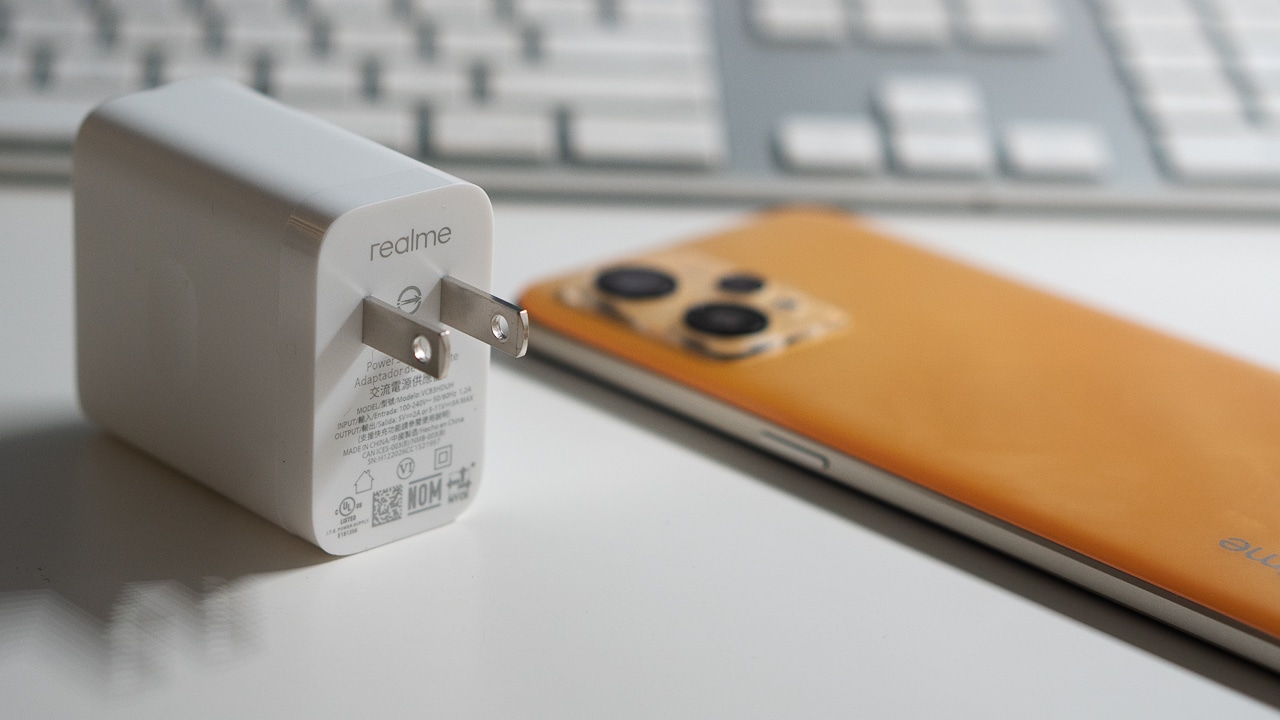
But more than that, what I appreciate is that it remains a slim phone despite its big battery.
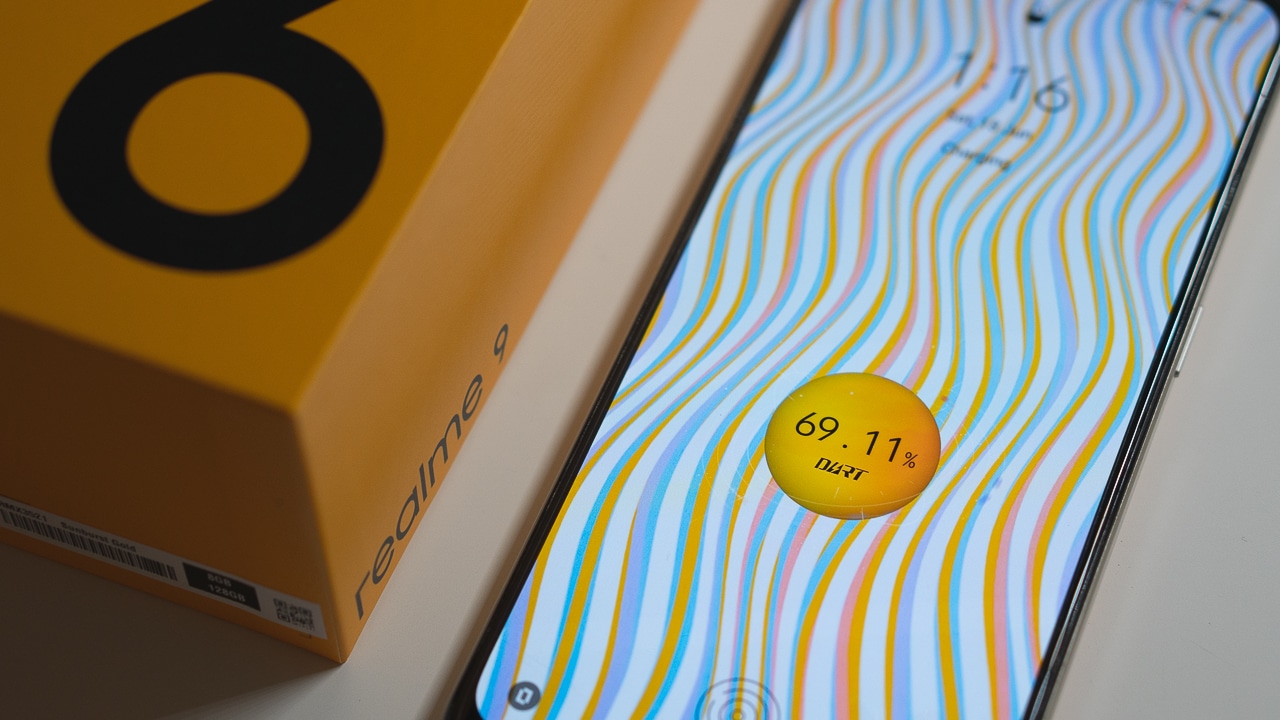
realme ships a 33W fast charger as well that promises 50% in just 30 minutes and a full charge in a little over an hour.
Shipped with Android 12
We are getting Android 12 features through the latest realme UI 3.0 software which the phone comes with out of the box.
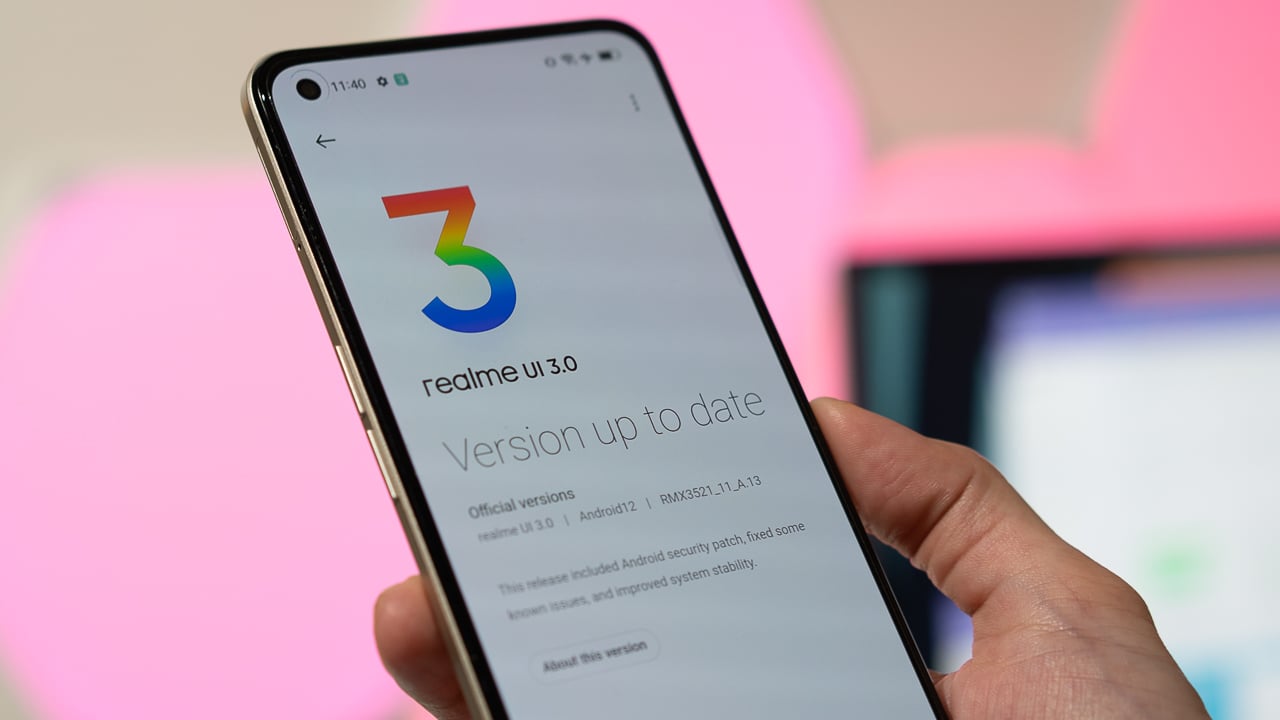
I’m a fan of Android 12’s multiple productivity features so I’m glad to see that the realme 9 4G runs it and that we’re also guaranteed 2 years of software updates. For security patches, realme says it will receive updates for at least 3 years.
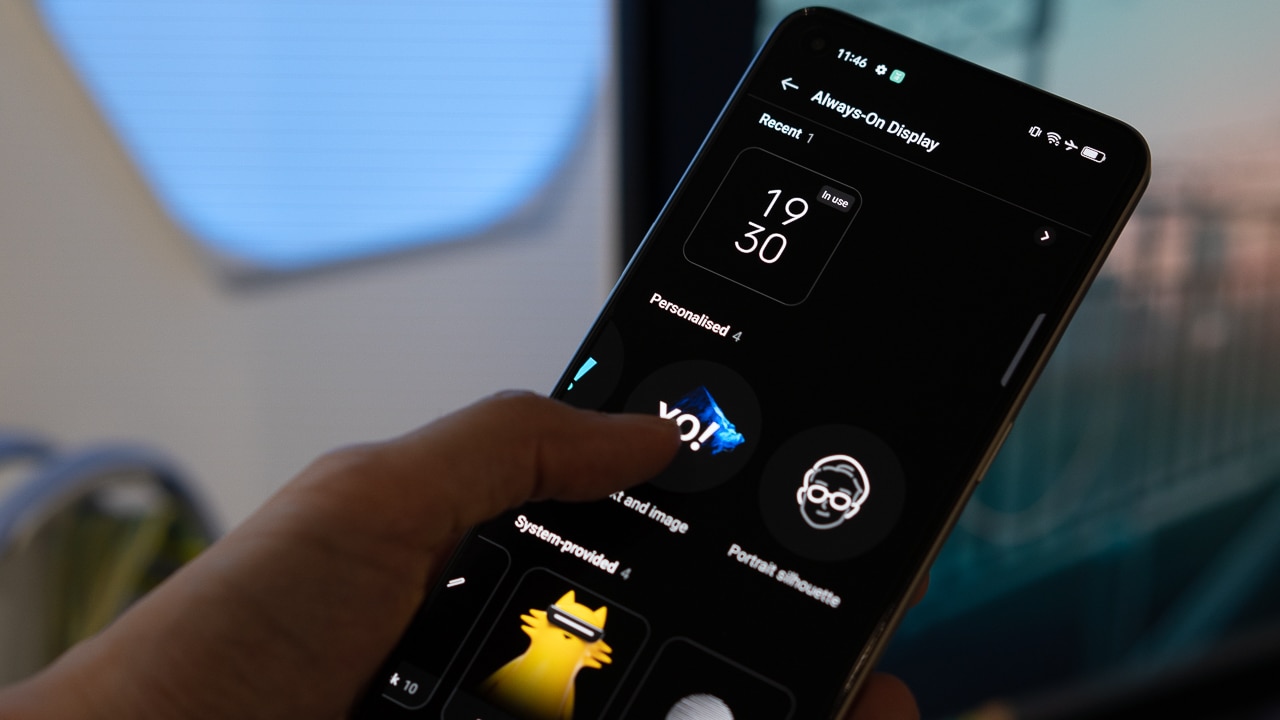
While it may not seem like a big thing, it’s definitely something to consider. With up to 2 years of software updates, you’ll be able to keep your phone longer and still have the latest software features, adding to its value as a device that can run long term.
What about its cameras?
Offering a triple camera system headlined by a 108-megapixel camera, the realme 9 4G’s cameras were able to produce sharp and detailed photos provided there’s enough light. It’s not the best in the series but it offers enough flexibility that you can get pretty great-looking photos in different scenarios.
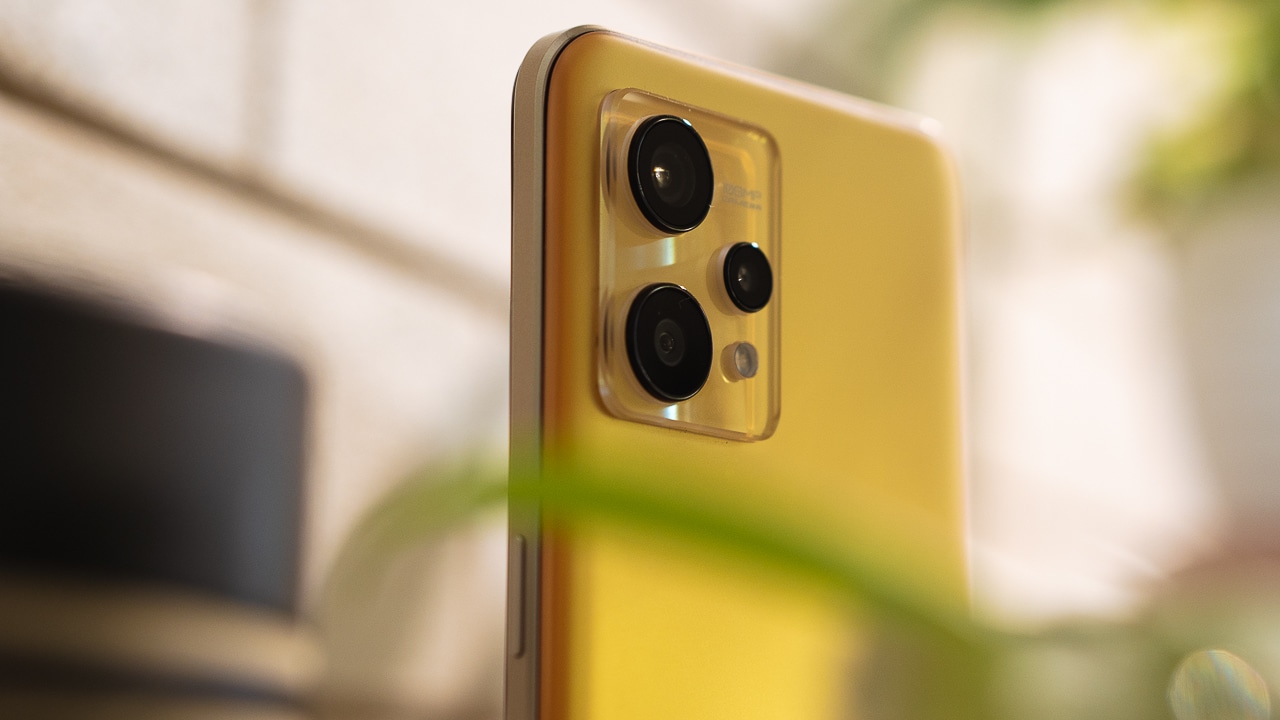
With everything else the realme 9 4G offers, it’s not unexpected to find shortcomings in the camera department. The 108-megapixel main has its shining moments, definitely, and the setup would perform well as an everyday snapper.
Though if you are more serious about photography or videography, I would highly suggest spending a little more for the realme 9 Pro or the realme 9 Pro+.
Final thoughts
I’ll admit I first found the realme 9 4G a bit ambiguous, especially when put beside the rest of the members of the 9 series.
But after some time with it, I found that it’s a device that offers a really great set of features for a base model and, if paired with 5G, may end up with a higher price tag.
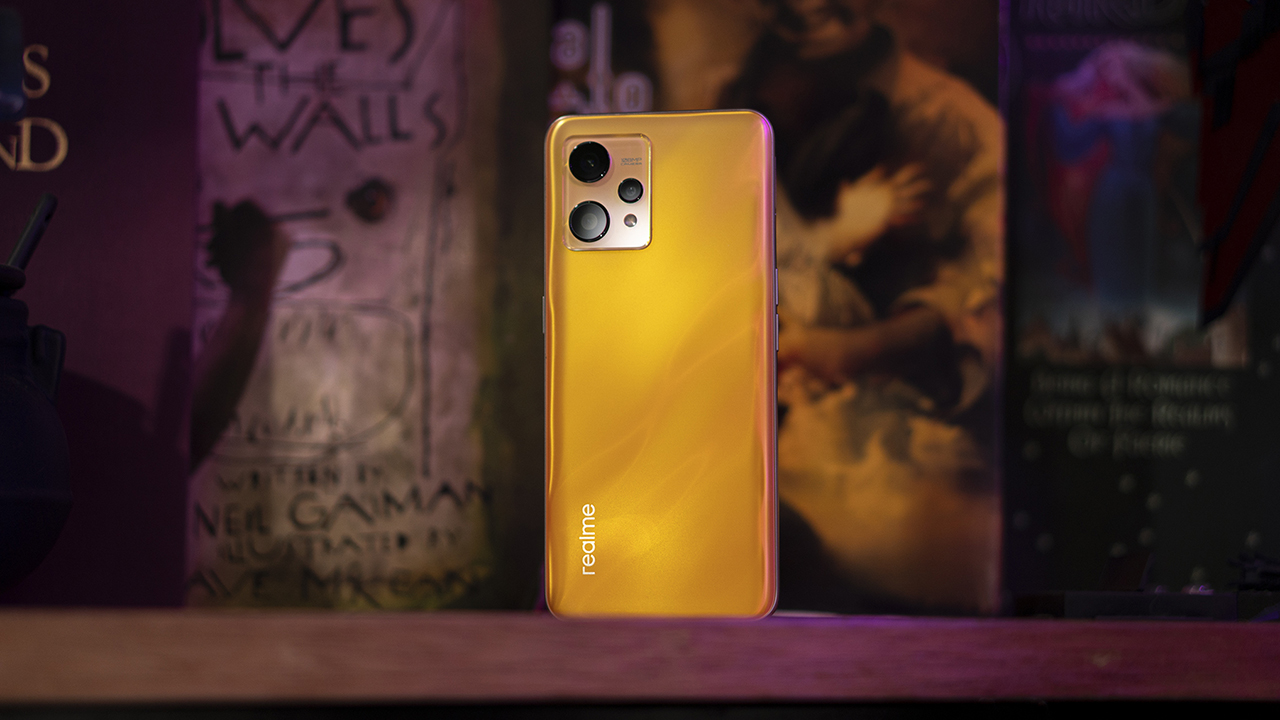
That being said, it’s easy to claim the realme 9 would be perfect for someone looking for a non-5G phone with pretty great entertainment features and a flashy, stand-out design.
The realme 9 4G is already available for PhP 14,999 and is available through realme’s authorized stores and Lazada PH.


















